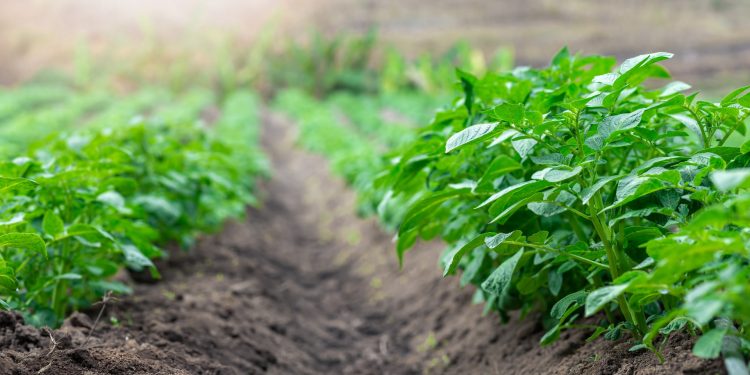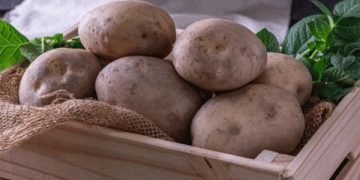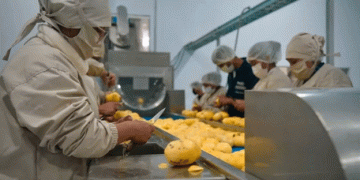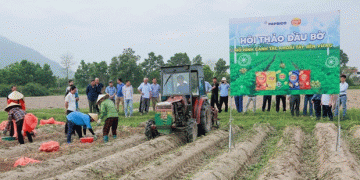Current Market Dynamics and Future Prospects
Overview
As the potato industry reflects on the outcomes of last fall’s record processing crop, stakeholders across Canada are strategizing amidst shifting market dynamics. From processing surplus to planting plans, every aspect of the supply chain is under scrutiny. Here’s a comprehensive analysis of the current situation and future projections for Canada’s potato sector in 2024.
Processing Sector
The abundance of processing spuds from Harvest 2023, particularly in the Pacific Northwest, has significantly influenced market conditions. While the west boasts a surplus, the east faces challenges, with total potato holdings down as of February. Despite this, Canada-wide holdings saw a notable increase of 10 percent year-over-year by March. However, overall movement dipped slightly, primarily driven by the processing sector.
Efforts are underway to address the surplus, with surplus from the west being redirected to meet demand in the east, reflecting the industry’s adaptability and collaborative spirit.
Fresh Market Dynamics
In contrast to the processing sector, the fresh market appears balanced, with prices remaining robust. Although overall holdings have decreased compared to the previous year, challenges such as hollow heart issues persist, particularly in regions like New Brunswick. However, certain provinces like Quebec have seen unexpected increases in holdings, indicating regional variations in market conditions.
Seed Potato Movement
Seed potato movement experienced a sluggish start in January, with a 2.2 percent decrease overall. Unlike the previous year’s rush to secure seeds amid perceived shortages, this year witnessed a more subdued demand, possibly influenced by pricing expectations. However, March is expected to be pivotal in determining the trajectory of seed movement for the season.
Planting Plans for 2024
The carryover of processing potatoes from 2023 will impact planting decisions for the upcoming season. Preliminary indications suggest a reduction in processing acres across most provinces, influenced by factors such as contracted volumes and market conditions. Fresh acreage is expected to remain relatively flat, constrained by limited expansion opportunities in key regions.
International Competition and Export Opportunities
Canadian processing producers have maintained relatively stable pricing compared to their American counterparts, attributed to a more balanced supply. Despite the glut affecting exports, Europe’s light crop presents a silver lining, offering potential market expansion opportunities for Canadian potatoes on the global stage.
Conclusion
As the potato industry navigates through dynamic market conditions, strategic planning and collaboration remain paramount. With careful consideration of processing surplus, planting decisions, and international dynamics, Canadian stakeholders are poised to capitalize on emerging opportunities while ensuring the resilience and sustainability of the sector.
Description: Explore the current state and future prospects of Canada’s potato industry in 2024, examining processing surplus, fresh market dynamics, seed movement, planting plans, and international competition.






